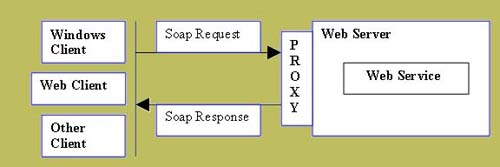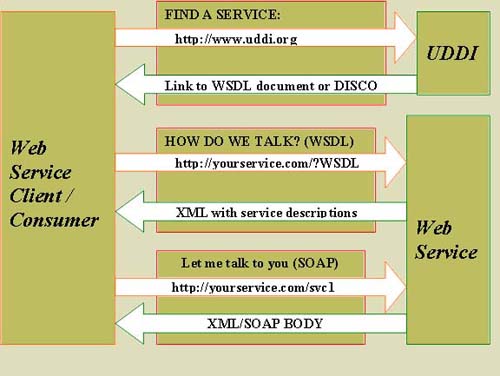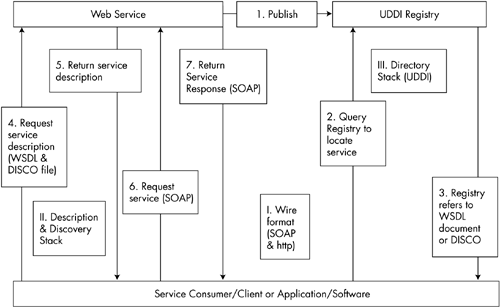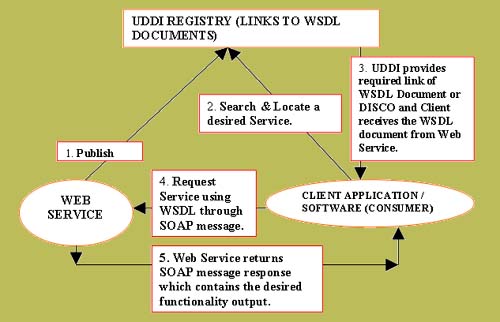Next Generation of Distributed Computing: Web Services
Next Generation of Distributed Computing: Web ServicesAn XML Web service is a programmable application component that provides some serviceable, useful functionality, such as application logic, and is available to any number of potentially incongruent systems through the use of standard protocols, such as XML and HTTP. Web services provide the ability to exchange messages in a loosely coupled environment (whereas DCOM, IIOP, and Java/RMI require tight integration between the client and the server) through the use of common data formats and standard protocols, such as XML, SOAP, and HTTP. Since Web services are based on standard data formats and protocols, Web service applications can communicate with a wide range of implementations , platforms, and devices. As XML messaging is the fundamental means of data communication in Web services, it bridges the differences that exist between systems that use dissimilar component models, programming languages, and operating systems. Since Web services use the underlying infrastructure provided by HTTP, Web services can move data through firewalls and between diverse systems. Therefore, we see Web services as the next generation of distributed computing. Web services are enabling a new era of distributed application development. Benefits of Web ServicesLet us see some momentous advantages of Web services.
ASP.NET Web ServicesSince ASP.NET Web services are built on top of ASP.NET, you can use the features of ASP.NET to build Web services. Distinctively, ASP.NET takes advantage of performance and security enhancements found in the .NET Framework and the CLR. Because ASP.NET is built upon the .NET Framework, ASP.NET Web services can utilize many .NET Framework features, such as authentication, caching, memory management, interoperability, and state management. Visual Studio .NET is a powerful tool for building Web applications, Web services, desktop applications, and mobile applications. The Visual Studio .NET IDE (integrated development environment) facilitates rapid application development (RAD), which enables developers to quickly create, consume , and deploy Web services. The ASP.NET and Visual Studio .NET provides an easy and simple programming model to develop and deploy Web services. For example, developers do not need to generate WSDL documents, since ASP.NET itself takes care of generating the required WSDL documents. Web Services ArchitectureThe Web service infrastructure consists of the following four sections.
Figure E-1 shows the basic Web services architecture. Figure E-2 illustrates the four sections of the Web service infrastructure and their relationships in detail. Figure E-1. Basic Web service architecture. Figure E-2. Web service architecture provided by Microsoft. Figure E-3 and Figure E-4 show the Web services interaction. The various steps involved in Web services interaction are as follows .
Figure E-3. Web service architecture. Figure E-4. Web service interaction.
|
EAN: 2147483647
Pages: 126



